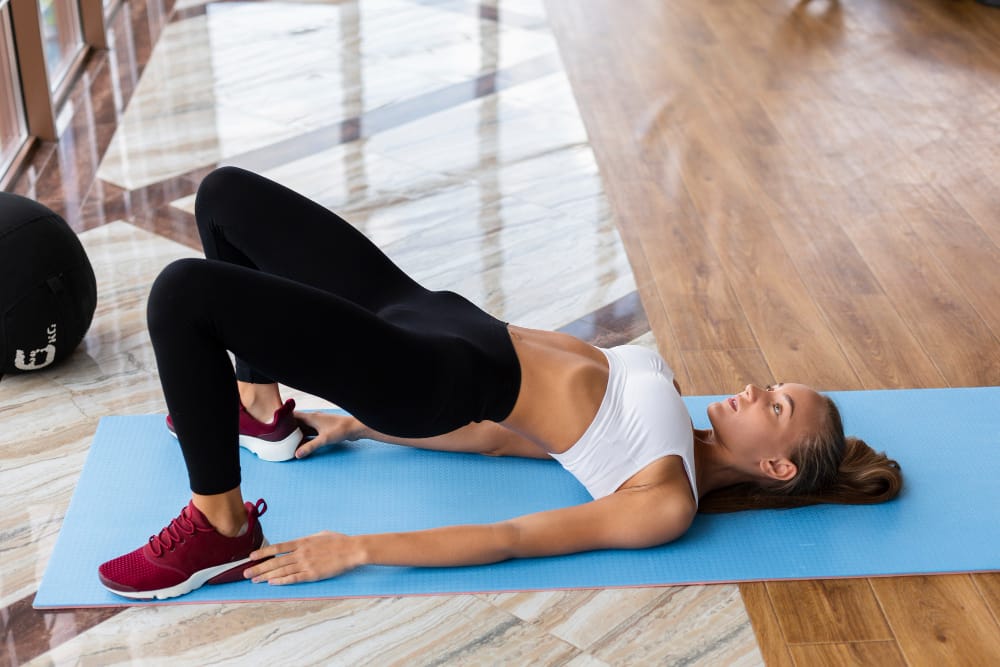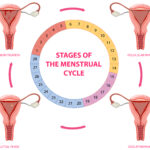FREE SHIPPING OVER $50
Doctors Say These 4 Daily Moves Reverse Muscle Loss Faster Than the Gym—No Equipment Needed

For a long time, we were led to believe that building or even maintaining muscle as we age required a costly gym membership, heavy weights, and hours of dedicated strength training. For many, the time commitment, the expense, and the often-intimidating gym environment made the goal of staying strong feel impossible. The truth is, that notion is quickly becoming outdated.
A growing number of doctors, longevity experts, and fitness researchers are now saying that four simple, daily bodyweight moves can be more effective for combating age-related muscle loss—a condition known as sarcopenia—than a traditional gym routine. This is not a fitness gimmick; it is a science-backed prescription for a stronger, more resilient body for years to come. This article will show you the exact four moves and reveal why they can deliver incredible results without a single piece of equipment.
The Science of Sarcopenia: Why the Gym Isn’t Always the Answer
Sarcopenia is a serious health issue that affects a significant portion of the population as they get older. It is the gradual and progressive loss of muscle mass, strength, and function. While it is a natural part of aging, it is not an inevitable decline. Sarcopenia can lead to a host of other problems, including a higher risk of falls, a slower metabolism, and a decrease in overall quality of life.
While heavy weights in a gym are excellent for building maximum muscle bulk, for most people, the most effective way to prevent and reverse muscle loss is through a consistent, challenging routine that focuses on fundamental movements. The key is to provide a sufficient stimulus to the muscles without requiring specialized equipment or a lot of time. This is where bodyweight exercises shine. They are foundational, functional, and can be done daily, leading to the kind of consistency that is the true secret to longevity.
The 4 Daily Moves That Reverse Muscle Loss
These four moves are not just exercises; they are powerful, compound movements that engage multiple muscle groups at once. By performing them every day, you are sending a strong signal to your body to get stronger, not weaker. Aim to perform each of these exercises for 2-3 sets of 10-15 repetitions, or as many as you can with good form.
1. Bodyweight Squats
The squat is a foundational human movement and the king of all lower-body exercises. It targets your glutes, quadriceps, hamstrings, and calves, all at once. By building strength in these large muscle groups, you improve your balance, your posture, and your overall functional strength.
- The “Why”: A strong lower body is crucial for walking, climbing stairs, and staying mobile as you age. Squats are a direct way to combat muscle loss in the most important muscles for daily function.
- How to Do It: Stand with your feet about shoulder-width apart. Begin by lowering your hips as if you are sitting down in a chair. Keep your chest up and your back straight. Go as low as you can while maintaining good form, and then push through your heels to return to the standing position.
2. Push-Ups
The push-up is a powerful upper-body exercise that works your chest, shoulders, and triceps, while also engaging your core. This simple move can be scaled to any fitness level, making it a perfect exercise for everyone.
- The “Why”: Sarcopenia affects the upper body just as much as the lower body. Regular push-ups help preserve and build strength that is crucial for everything from lifting groceries to pushing yourself out of a chair.
- How to Do It: Start in a plank position with your hands slightly wider than your shoulders. Lower your body until your chest is just above the floor, keeping your elbows tucked in. Then, push through your hands to return to the starting position. If this is too difficult, you can start by performing the exercise on your knees.
3. Glute Bridges
The glute bridge is a fantastic exercise for the posterior chain, which includes your glutes and hamstrings. These muscles are essential for hip stability and power, and they are often neglected in a traditional fitness routine.
- The “Why”: Strong glutes are critical for preventing back pain and for providing the power you need for daily activities like walking and running. The glute bridge directly targets these powerful muscles without any equipment.
- How to Do It: Lie on your back with your knees bent and feet flat on the floor, about hip-width apart. Squeeze your glutes and lift your hips toward the ceiling until your body forms a straight line from your shoulders to your knees. Hold for a moment, then slowly lower your hips back to the floor.
4. The Plank
The plank is the ultimate core stabilization exercise. It works your deep abdominal muscles, your obliques, and your lower back. A strong core is the foundation of every other movement your body makes.
- The “Why”: A weak core is a major factor in loss of mobility and an increased risk of injury. The plank helps to build a strong, resilient core that supports your spine and improves your balance and posture.
- How to Do It: Start on your hands and toes in a push-up position, or on your forearms and toes. Keep your body in a straight line from your head to your heels, and do not let your hips sag or rise. Brace your core and hold this position for as long as you can, aiming for a consistent time each day.
The Secret to Success: The Power of Progressive Overload
The most common mistake people make with bodyweight exercises is that they do not make them more challenging over time. To “reverse muscle loss faster than the gym,” you must apply the principle of progressive overload.
Progressive overload is the gradual increase of stress placed upon the body during exercise training. With bodyweight exercises, you can do this in several ways:
- Increase the Repetitions: Start with as many as you can with good form, and then gradually add more reps over time.
- Slow Down the Tempo: A slow, controlled repetition with a focus on time under tension is far more effective than a fast, sloppy one. A 5-second push-up is much harder than a 1-second one.
- Decrease Rest Time: As you get stronger, reduce the rest time between your sets to increase the overall intensity of your workout.
- Try a Harder Variation: Once you can do 15 perfect push-ups on your knees, try switching to a regular push-up on your toes.
Other Tips for Muscle Health
While these four moves are incredibly powerful, they are only part of a complete strategy to preserve muscle and promote longevity.
- Prioritize Protein: Your muscles are made of protein, and they need a constant supply of it to repair and grow. Aim to include a source of high-quality protein in every meal, such as lean meat, fish, eggs, or legumes.
- Stay Hydrated: Dehydration can significantly impact muscle function and athletic performance. Make sure you are drinking plenty of water throughout the day.
- Get Enough Sleep: Your body does most of its repair and rebuilding when you are asleep. Aim for 7-9 hours of quality sleep per night to allow your muscles to recover and grow.
The Final Word: Consistency, Not Complexity
You do not need an expensive gym membership or a complicated routine to build a stronger, more resilient body. The truth is that the most effective path to preserving muscle and reversing aging is found in the simple power of consistency. By incorporating these four daily moves into your routine, you can take control of your fitness and give yourself the gift of a stronger, more capable body for decades to come. This is not about building a competition body; it is about building a better life.
Related Articles
- Doctors Are Stunned: These 15 Mobility Tricks Have Seniors Moving Like They’re 30 Again
- 10 Exercises That Could Be Dangerous After 60—Most People Still Do #7
- Can’t Sit Cross-Legged? Try These Trainer-Approved Standing Hip Stretches
- Transform Your Body After 50: Top Exercise Habits Revealed
- Defy Age: 13 Surprising Tips Making 60-Year-Olds Stronger Than Millennials







